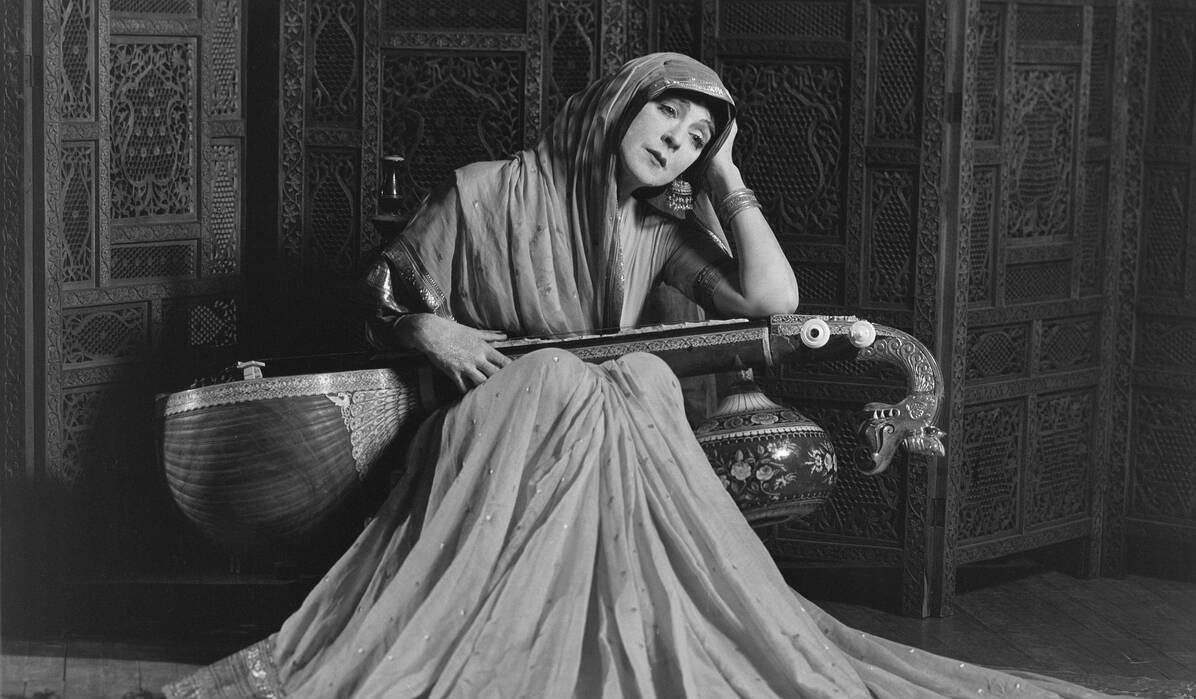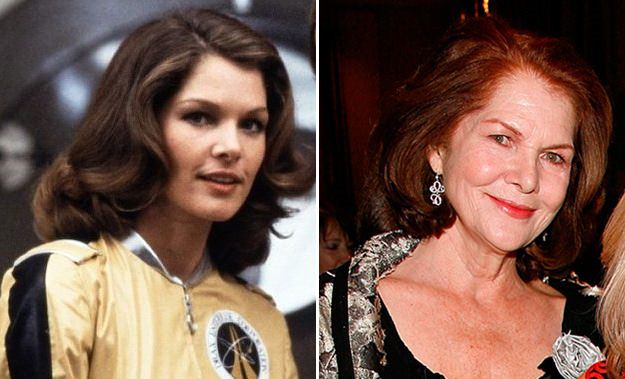Marilyn Monroe and Joe DiMaggio’s relationship is one of the most famous romances of the 1950s. Two of the biggest celebrities of their time, they seemed like the ultimate power couple: Monroe, the Hollywood bombshell, and DiMaggio, the iconic baseball star. But their marriage, which started with so much passion and excitement, ended in heartbreak and divorce after just nine months in 1954.
Marilyn Monroe and Joe DiMaggio first met in 1952. At the time, Monroe was on the rise to stardom, thanks to her roles in films like ‘Niagara’ and ‘Gentlemen Prefer Blondes’. She was quickly becoming one of Hollywood’s most sought-after actresses, known for her beauty, charisma, and playful screen presence. DiMaggio, on the other hand, was already a legend in the sports world. He had spent 13 seasons as a center fielder for the New York Yankees and was widely regarded as one of the greatest baseball players in history. He had retired from baseball the year before, but his fame was still at its peak.
Their meeting was set up as a blind date, arranged by a mutual friend. Monroe later admitted that she was nervous about meeting DiMaggio, fearing he would be an arrogant athlete. However, when they finally met, she was surprised by how quiet and reserved he was. DiMaggio, who had been intrigued by Monroe’s glamour, was immediately captivated by her beauty and charm. Despite their very different backgrounds—Monroe was raised in foster homes and struggled with insecurity, while DiMaggio came from a traditional Italian-American family—the two were drawn to each other. They began dating shortly after that first meeting, and their romance quickly became a favorite topic for the press.
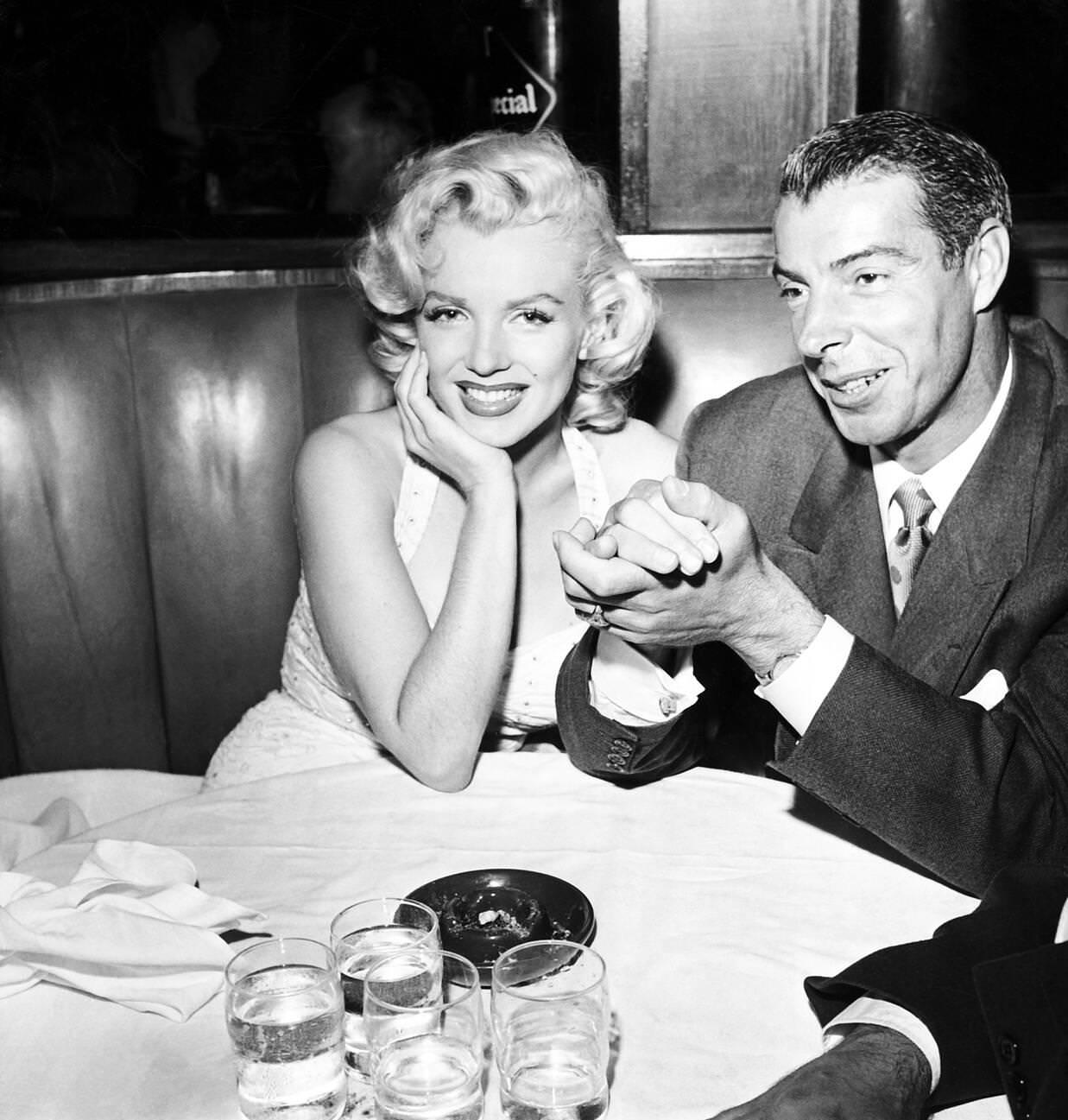
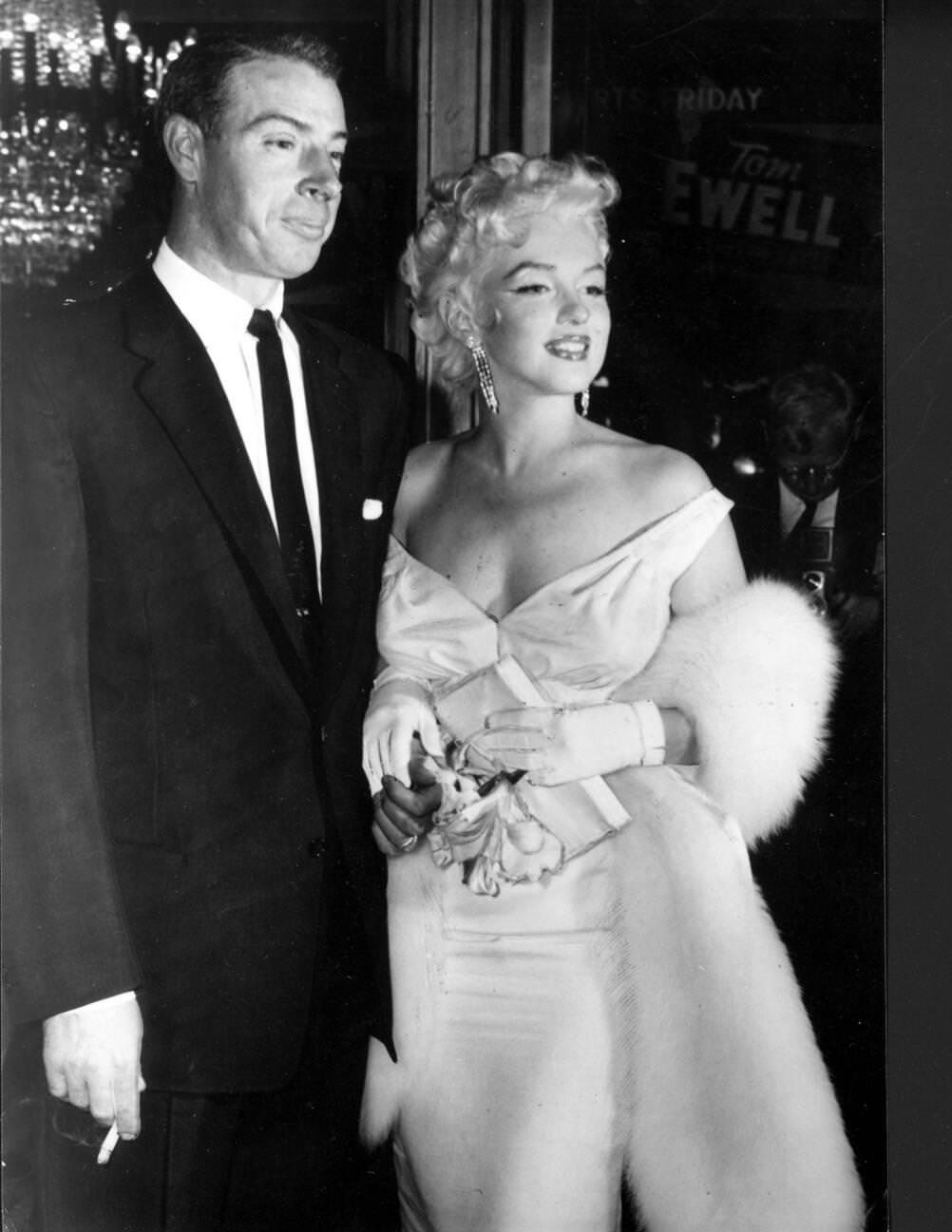
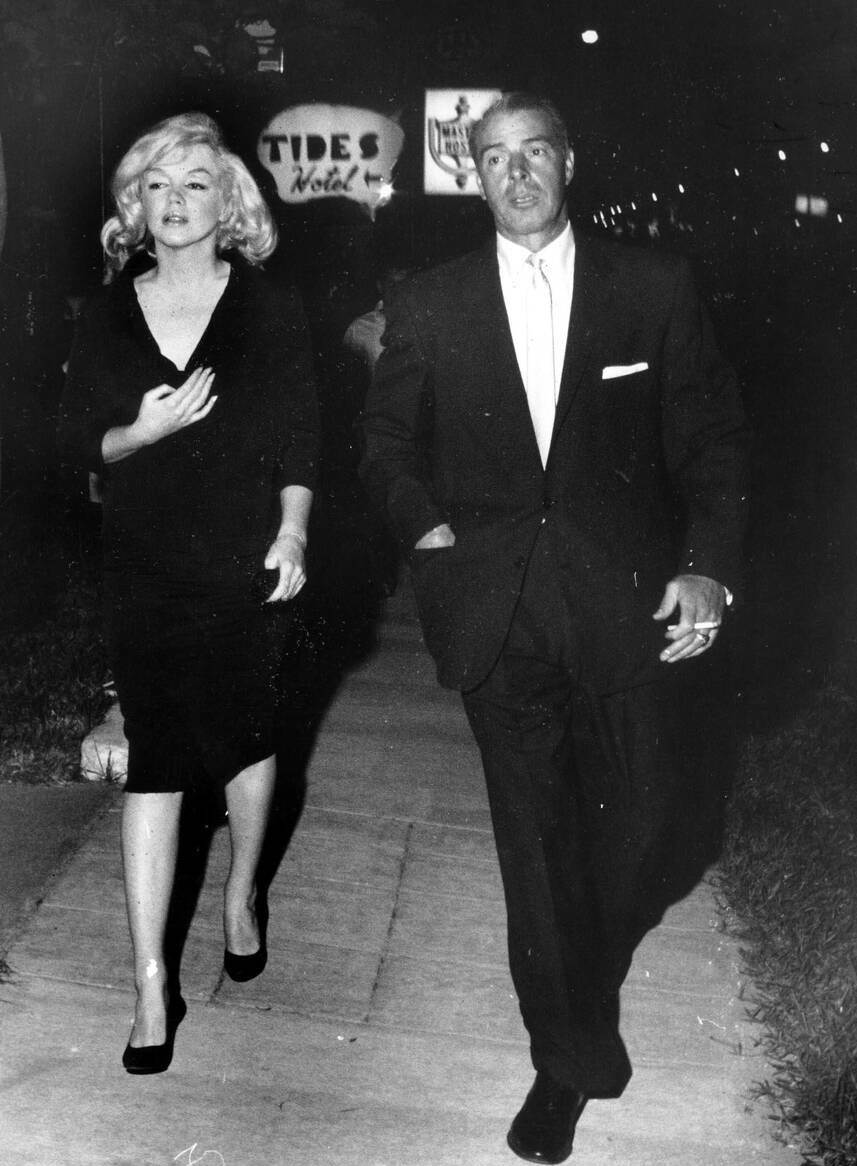
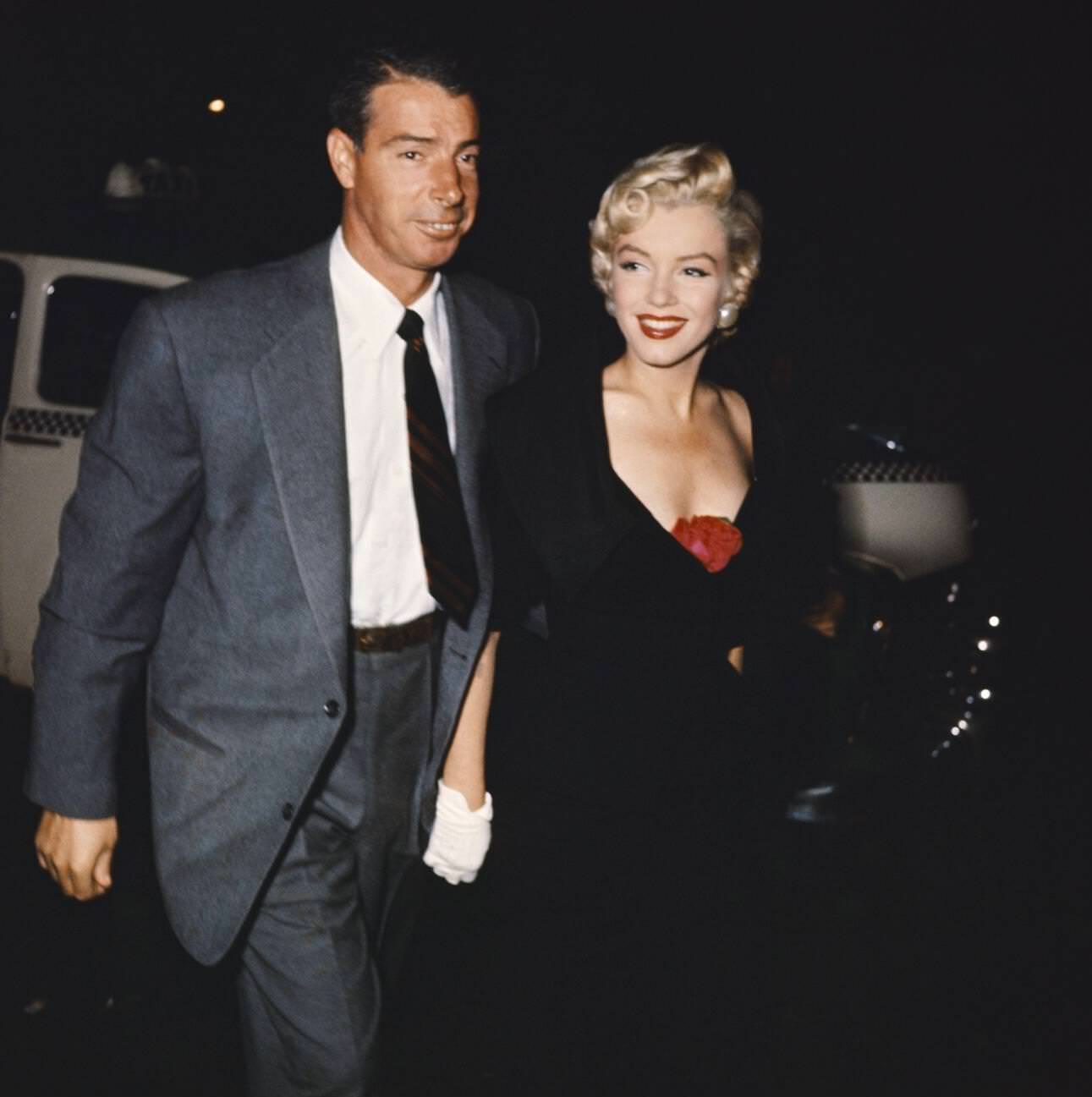
Monroe and DiMaggio’s relationship was an unlikely one. She was known for her bubbly personality and love of attention, while he was famously private and preferred a quieter lifestyle. Still, they appeared to be deeply in love. DiMaggio admired Monroe’s carefree spirit and success in Hollywood, while Monroe found comfort in DiMaggio’s steady, protective nature. Their relationship continued to grow, and in January 1954, they were married in a private ceremony at San Francisco City Hall. Despite the small setting, their wedding caused a media frenzy. Photographers and reporters crowded outside the building, eager to capture the union of two of America’s biggest stars.
At first, their marriage seemed like a fairy tale. The couple spent their honeymoon traveling in Japan, where DiMaggio had baseball business. However, cracks in their relationship started to show early on. Monroe’s career was rapidly taking off, and the constant attention from the press became overwhelming for DiMaggio. He had always been uncomfortable with the public side of fame, preferring a life out of the spotlight. Monroe, on the other hand, was at the height of her fame and had to balance her personal life with a demanding career.
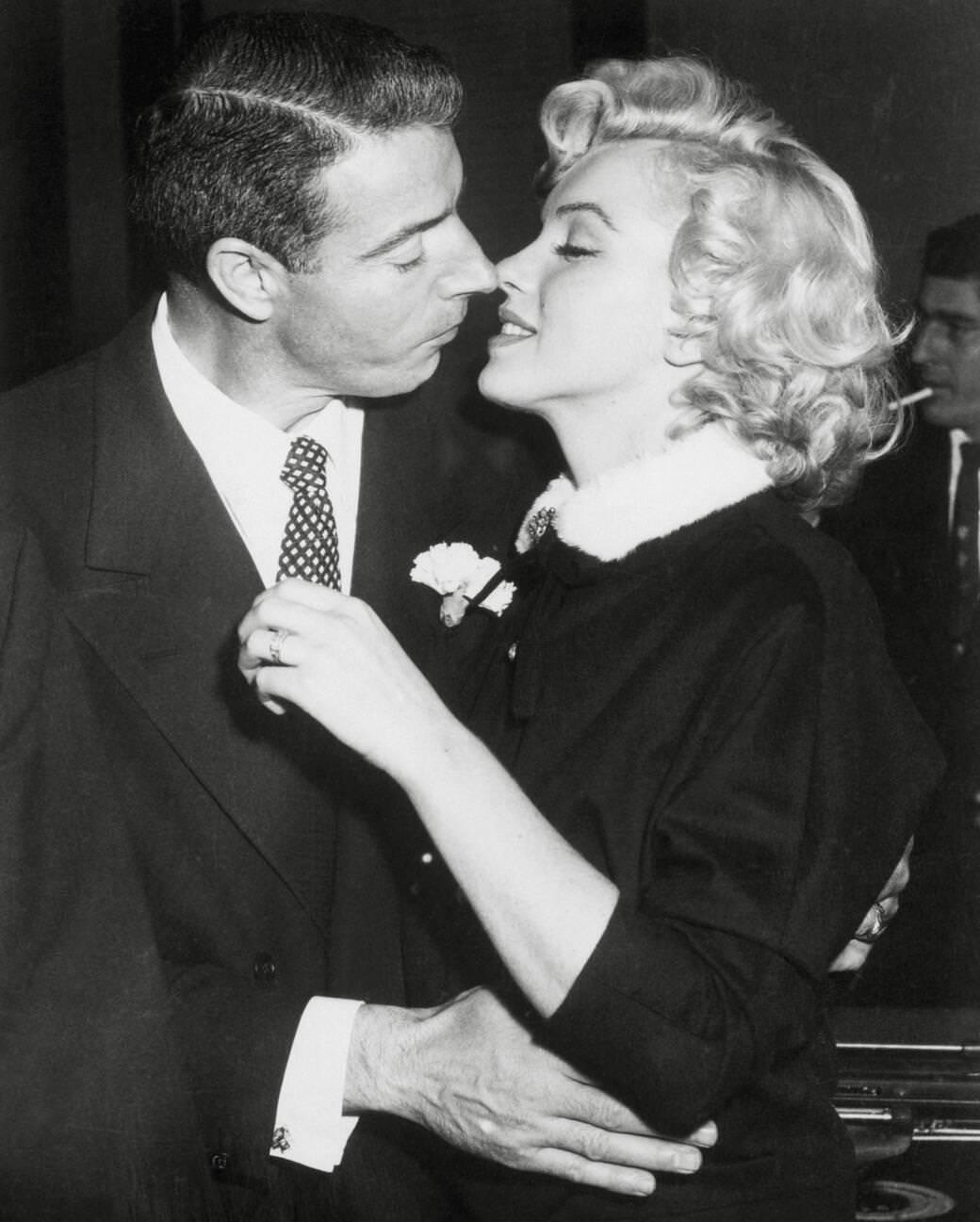
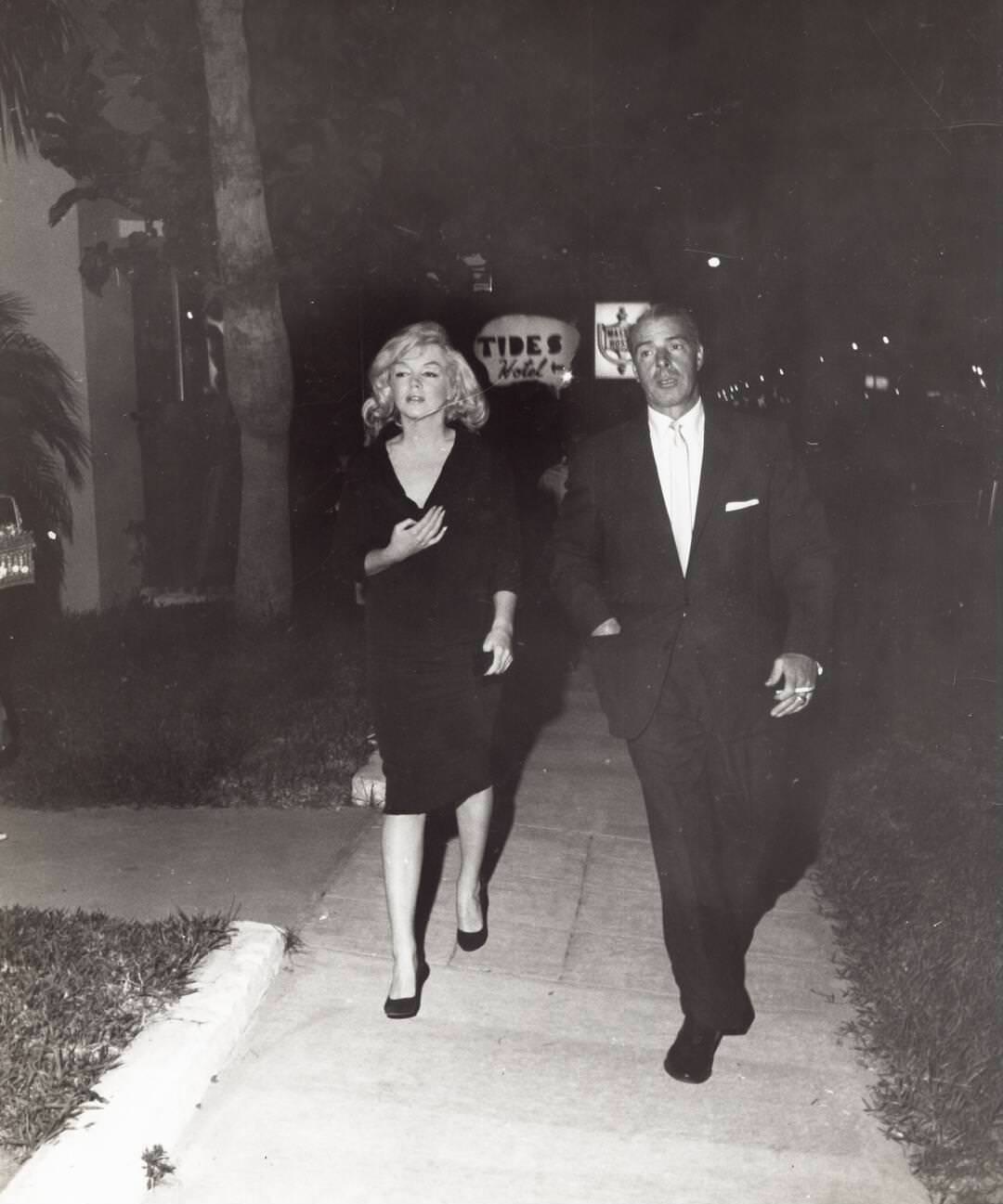
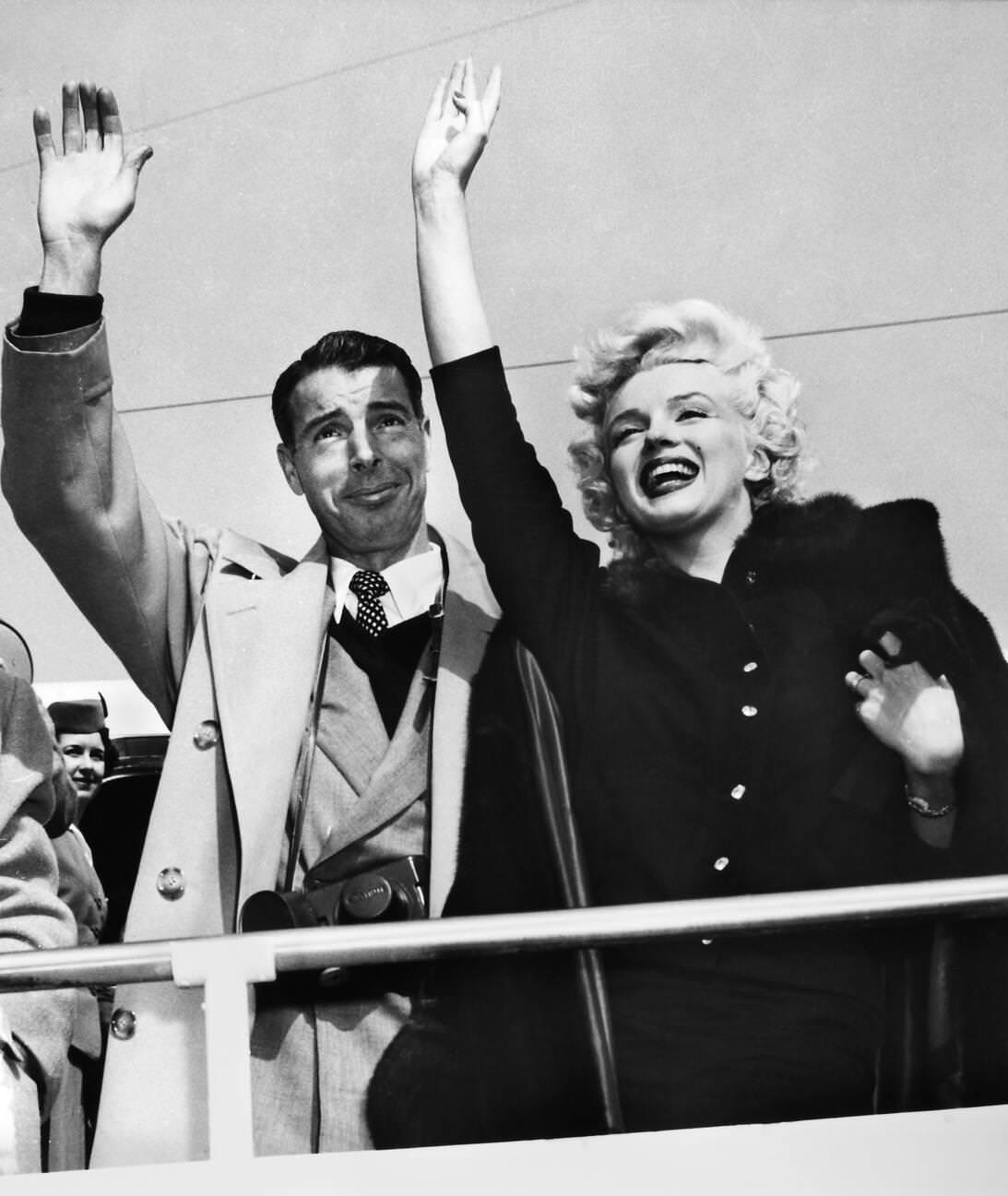
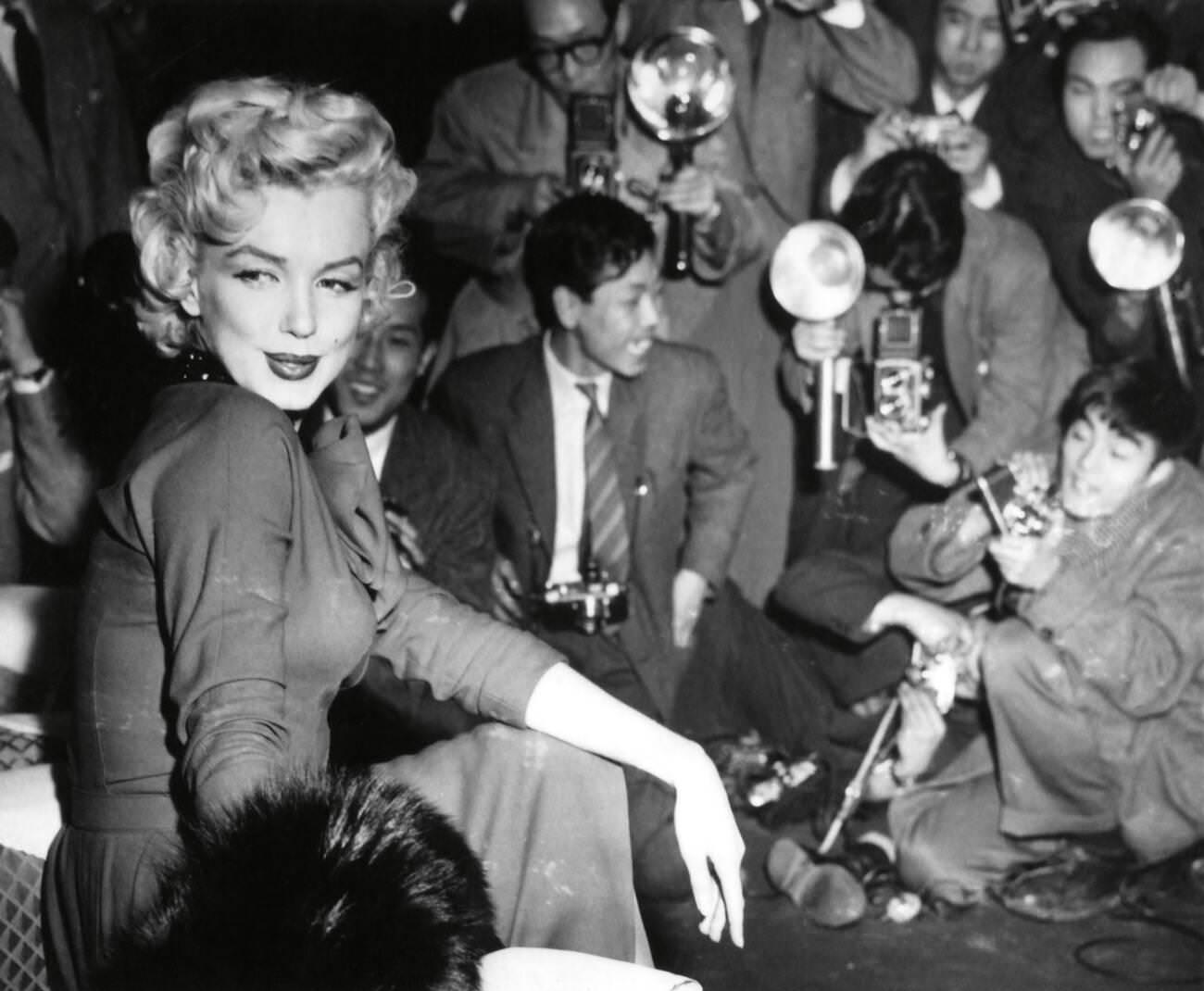
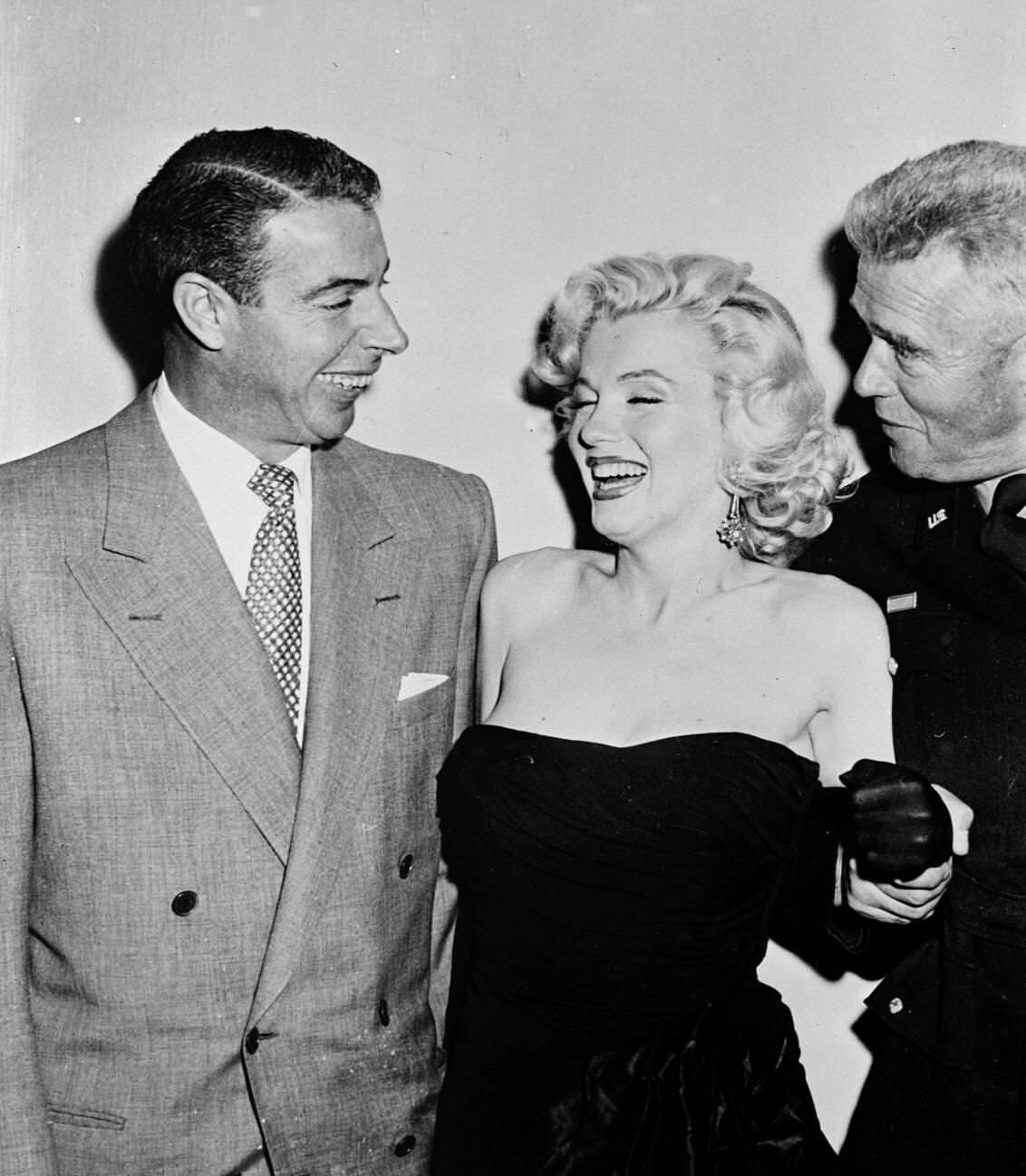
DiMaggio’s discomfort with Monroe’s public image started to create tension between them. He admired her beauty and talent but struggled with the idea that she was a sex symbol. Monroe’s roles often required her to play the part of the alluring, glamorous woman, and DiMaggio was not comfortable with the way she was portrayed in the media. This became a particular issue during the filming of ‘The Seven Year Itch‘ in 1954, one of Monroe’s most famous movies.
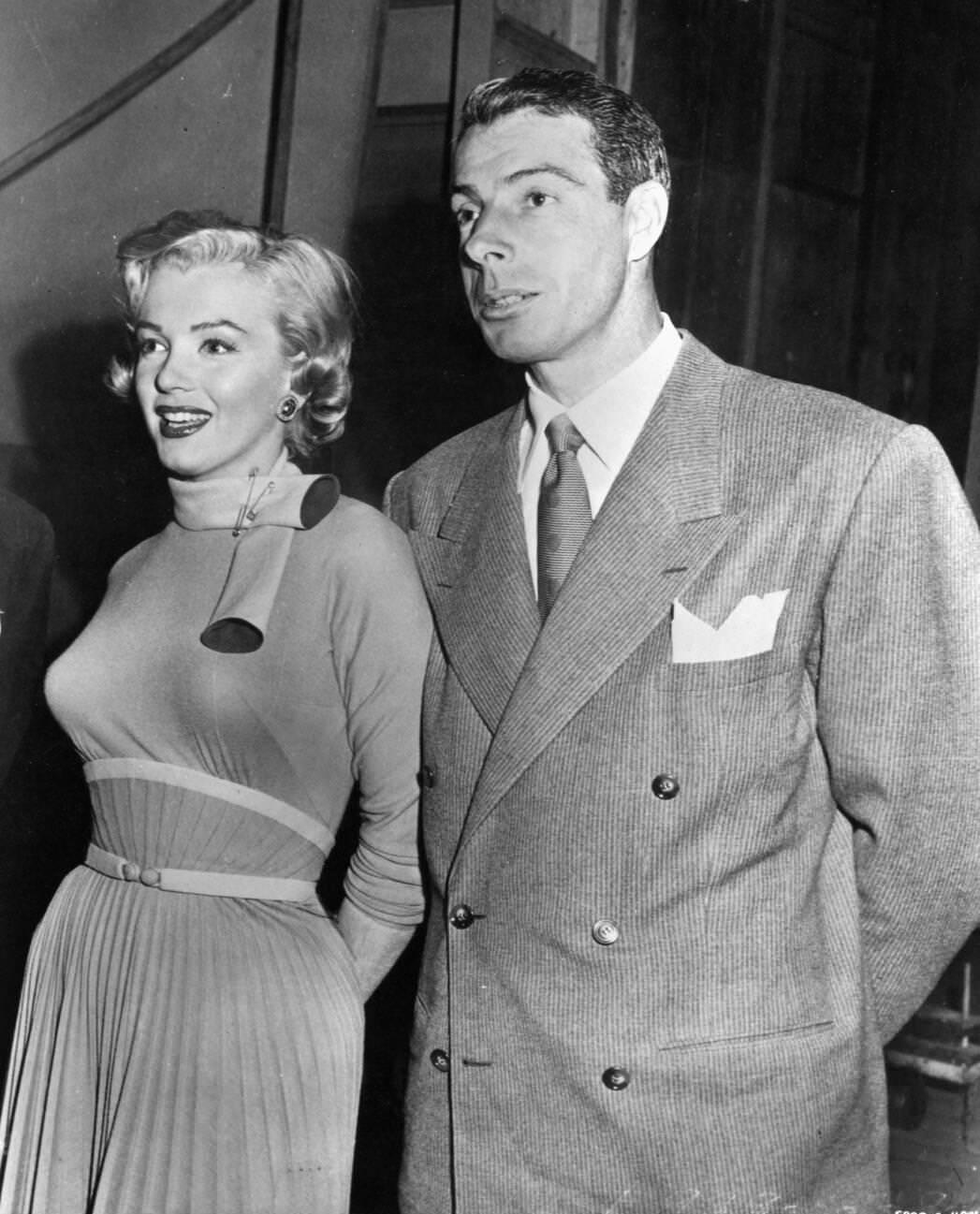
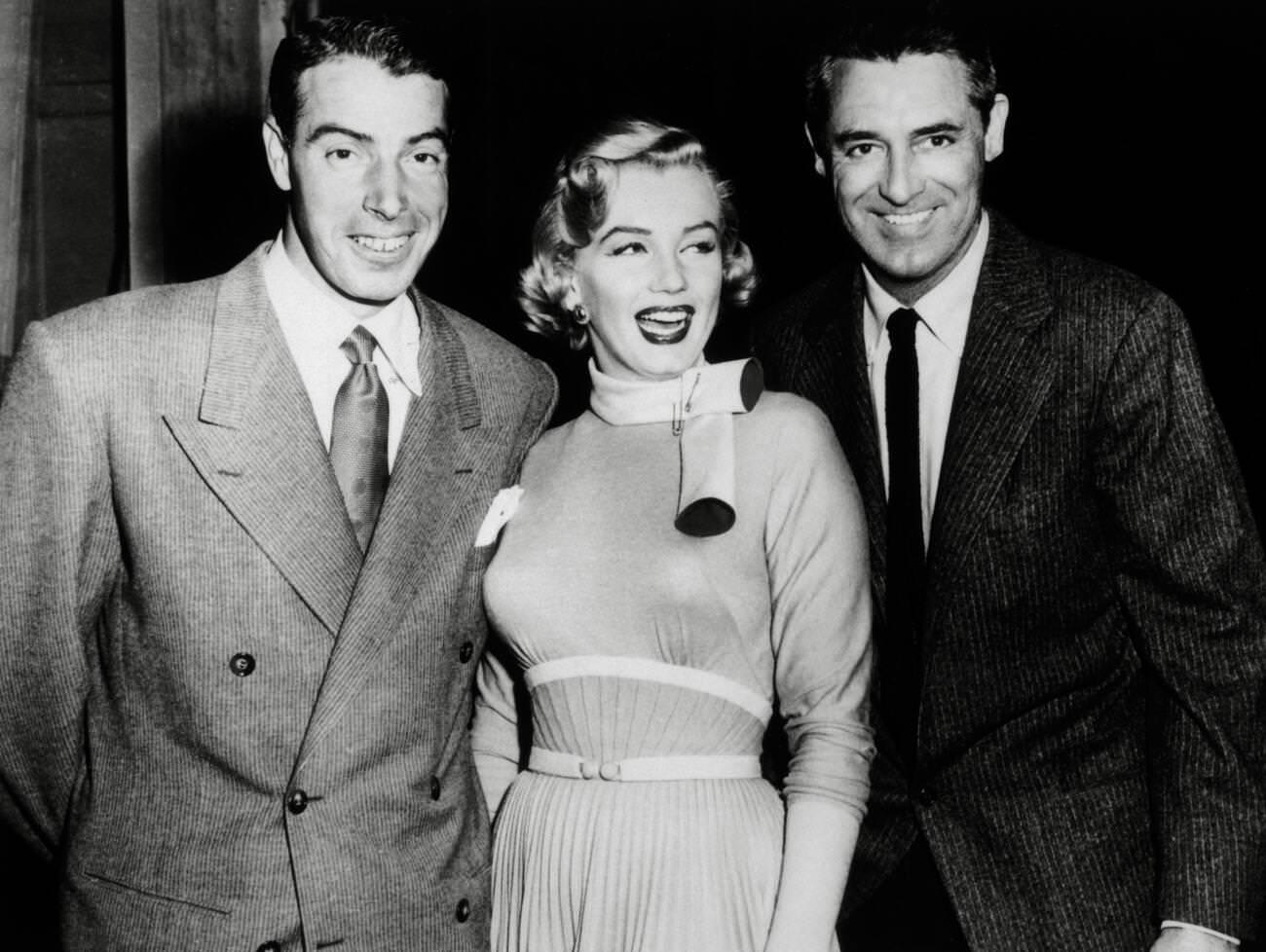
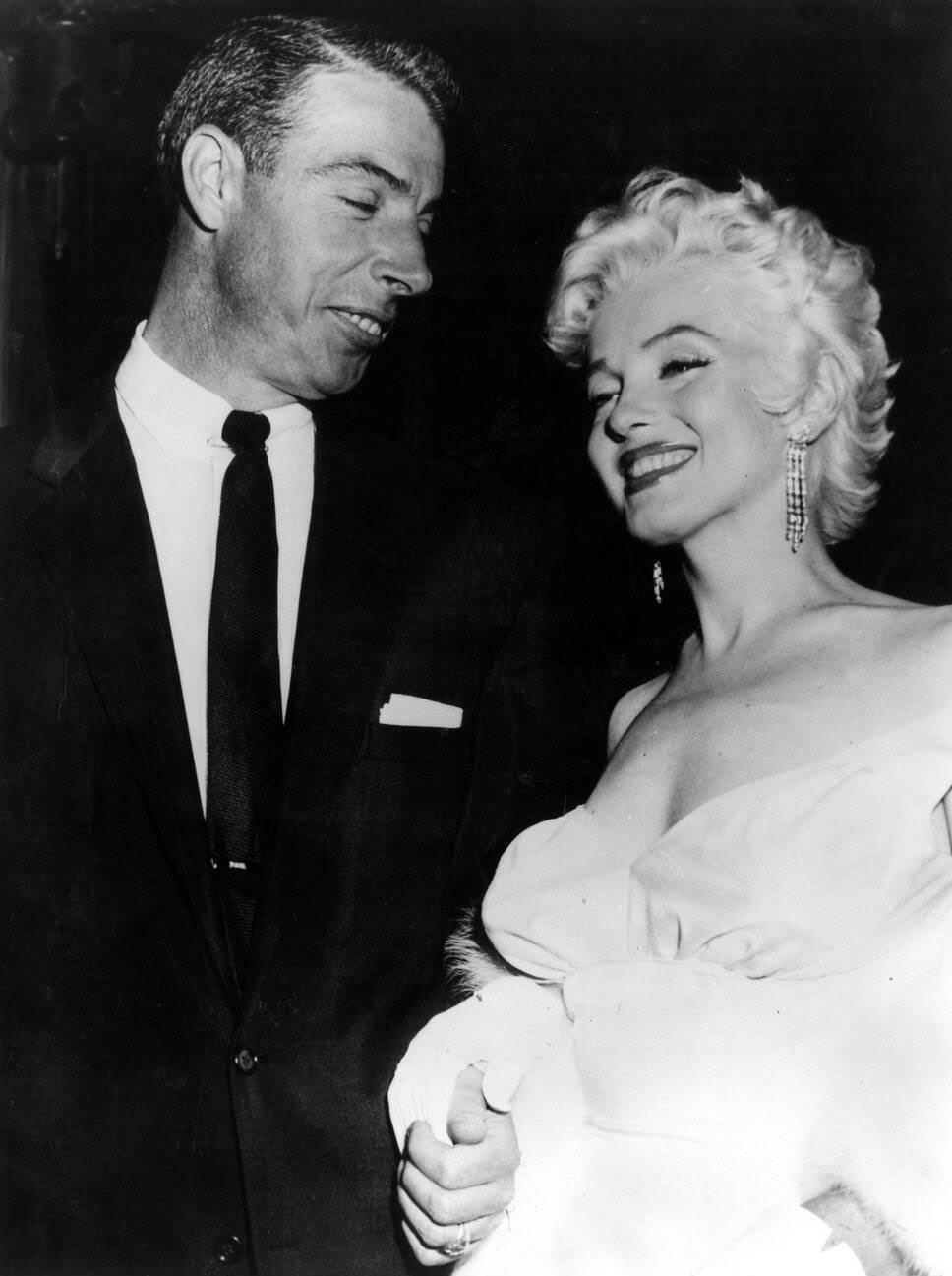
The turning point in their marriage came during the filming of the iconic scene in ‘The Seven Year Itch’ where Monroe’s character stands over a subway grate, and her white dress is blown up by the passing train. The image of Monroe laughing as her dress billowed around her became one of the most famous moments in film history, but for DiMaggio, it was humiliating. He was reportedly furious about the scene, feeling that it was too revealing and inappropriate. His reaction was not just about the scene itself but about Monroe’s growing public image as a sex symbol. He was uncomfortable with the idea of his wife being ogled by millions of people.
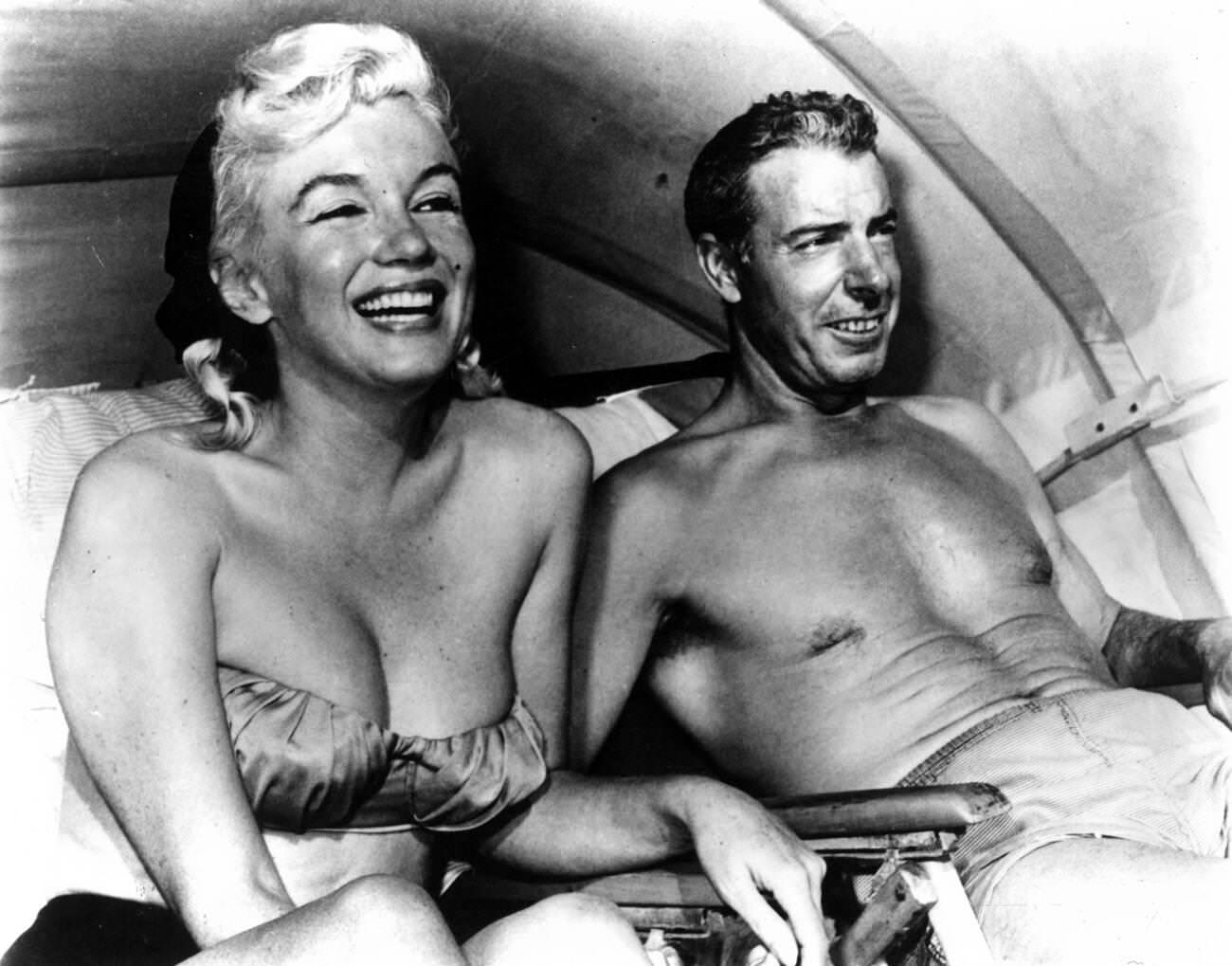
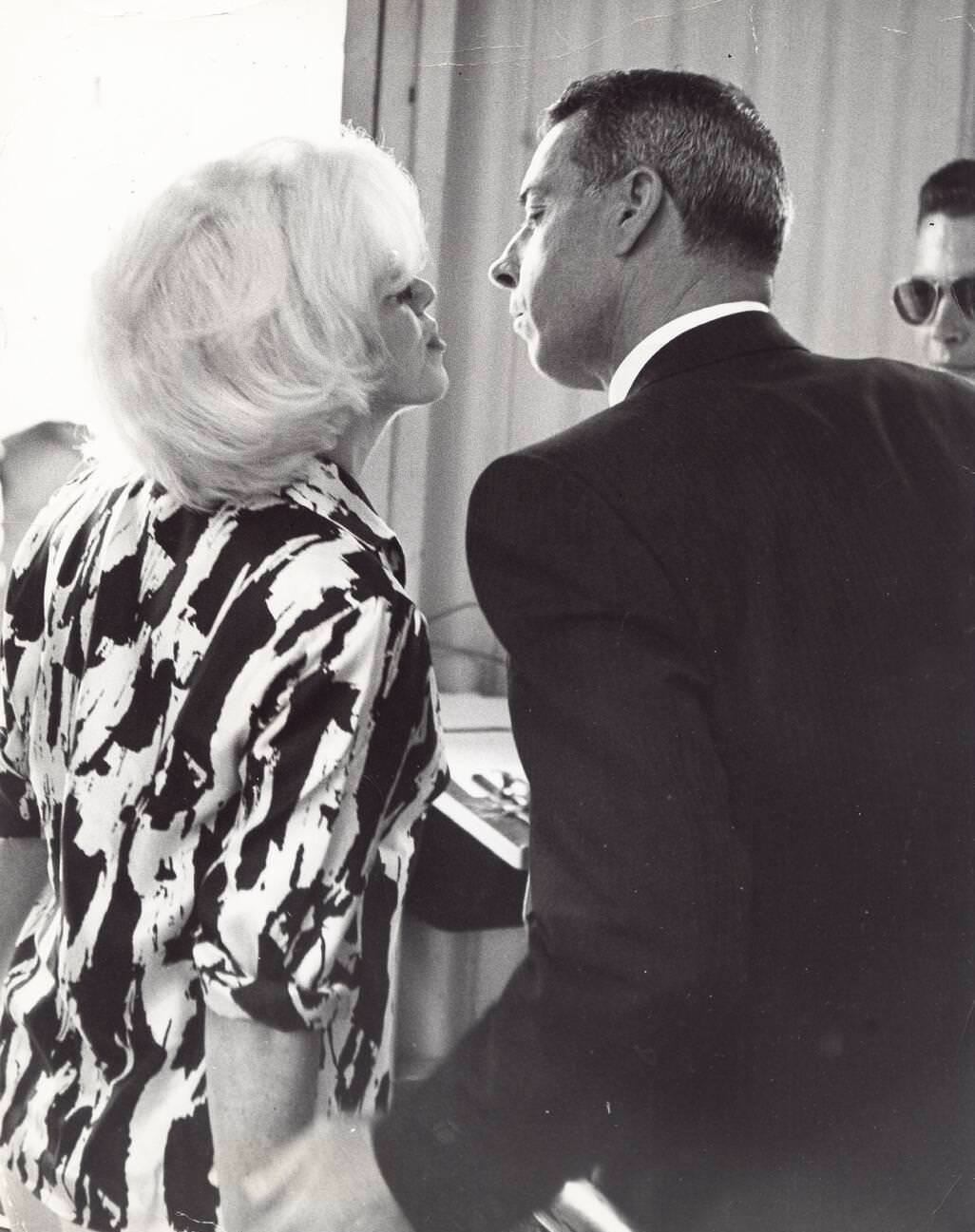
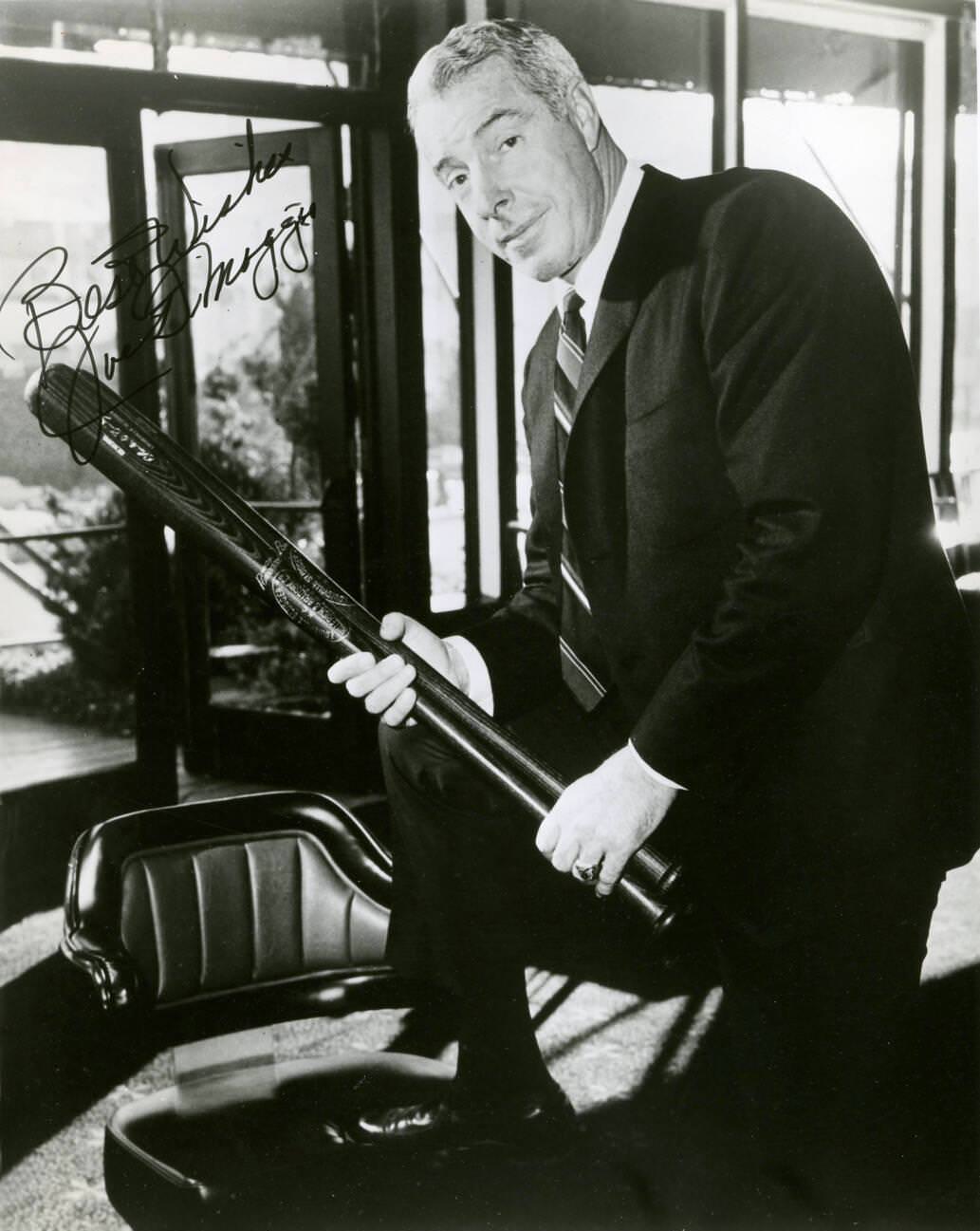
The tension between Monroe and DiMaggio came to a head after the scene was filmed. According to reports, they had a heated argument in their hotel room that night. Monroe was frustrated by DiMaggio’s lack of support for her career, while DiMaggio was upset by Monroe’s willingness to be seen in such a public, provocative way. This fight marked the beginning of the end for their marriage.
By the fall of 1954, the couple’s relationship had deteriorated significantly. They had grown apart, with Monroe focused on her career and DiMaggio increasingly unhappy with her fame and public persona. On October 5, 1954, just nine months after their wedding, Monroe filed for divorce, citing “mental cruelty.” In her divorce filing, Monroe stated that DiMaggio’s jealousy and controlling behavior had become unbearable.
The divorce proceedings were closely followed by the media, and Monroe made a tearful public statement after the filing, saying that she still loved DiMaggio but couldn’t continue living under such difficult circumstances. DiMaggio, for his part, remained largely silent about the divorce, though it was clear that he was heartbroken by the end of their marriage.
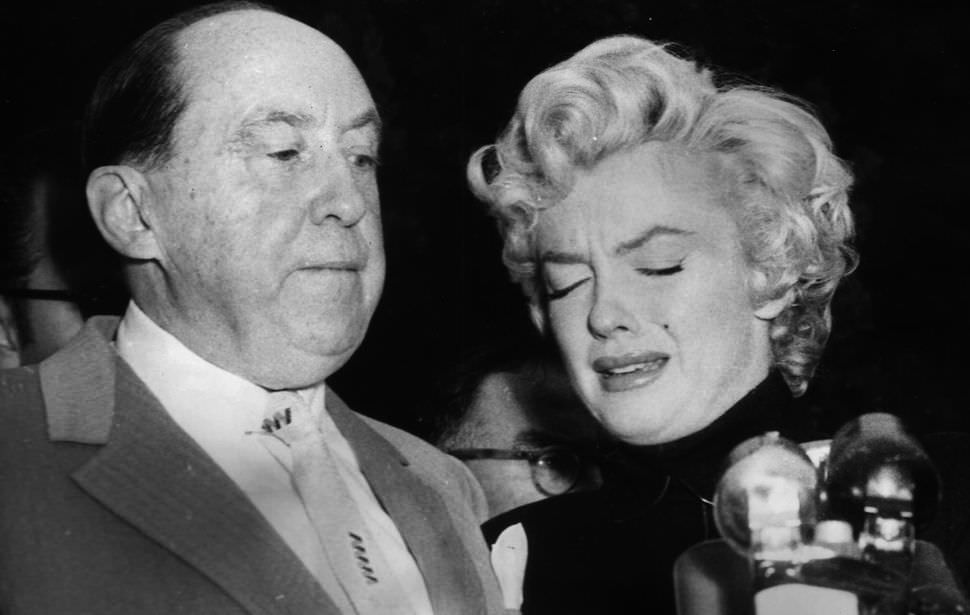
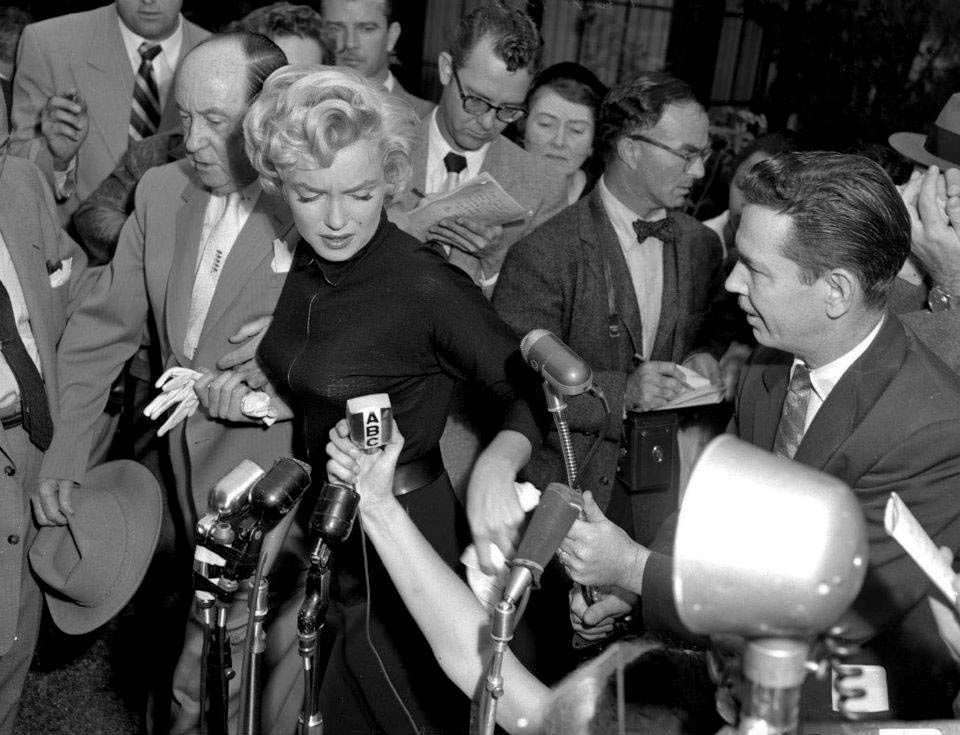
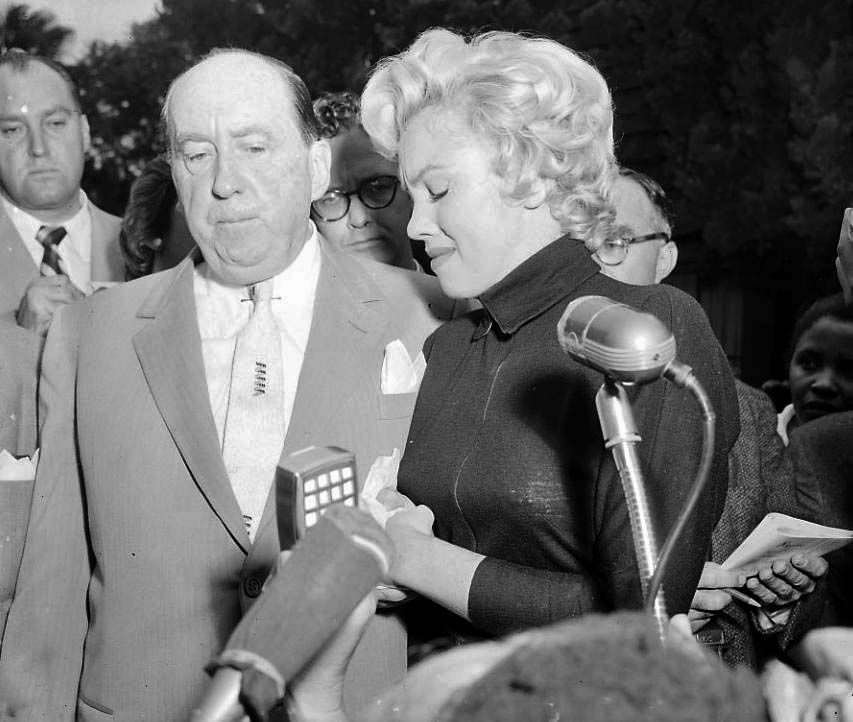
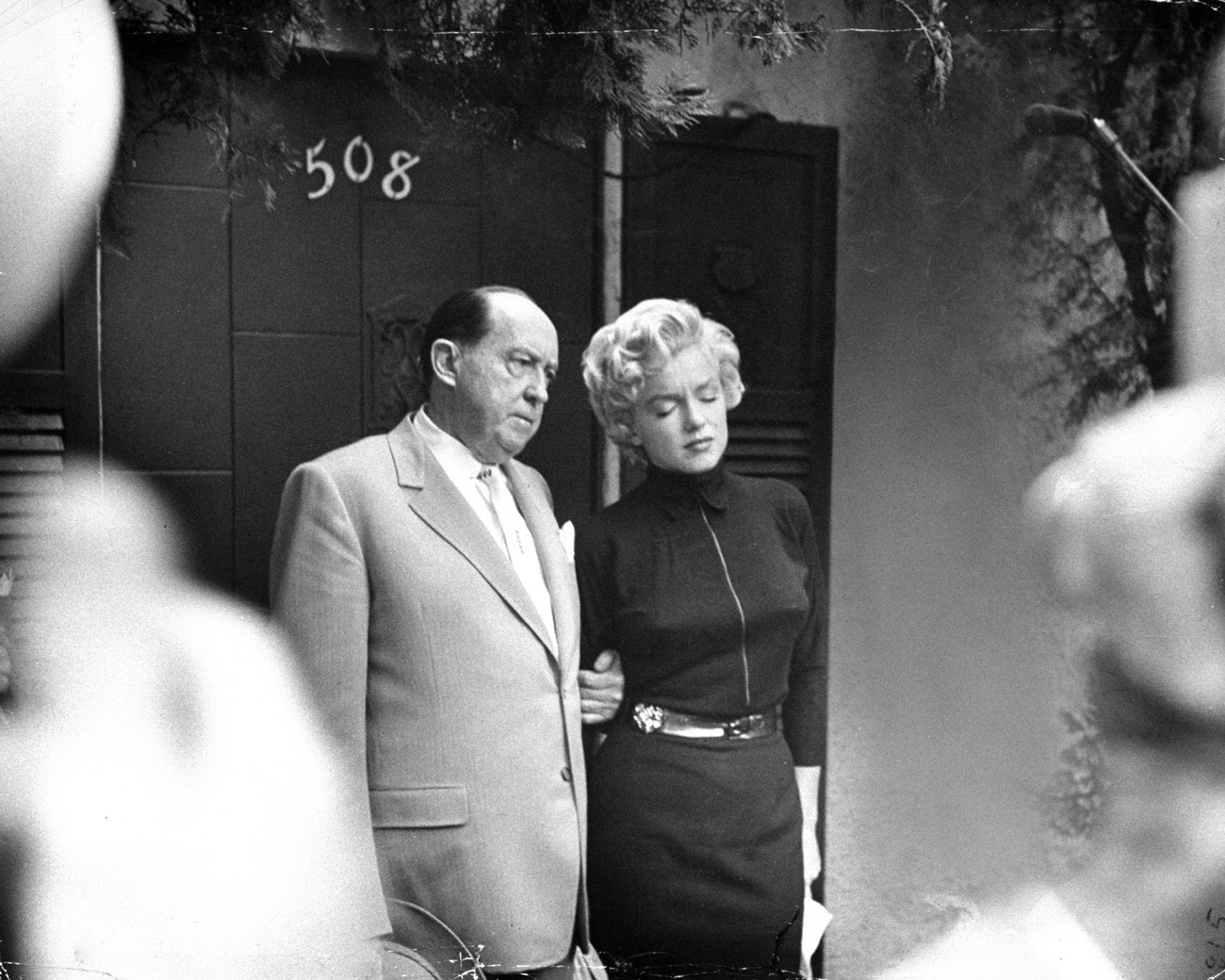
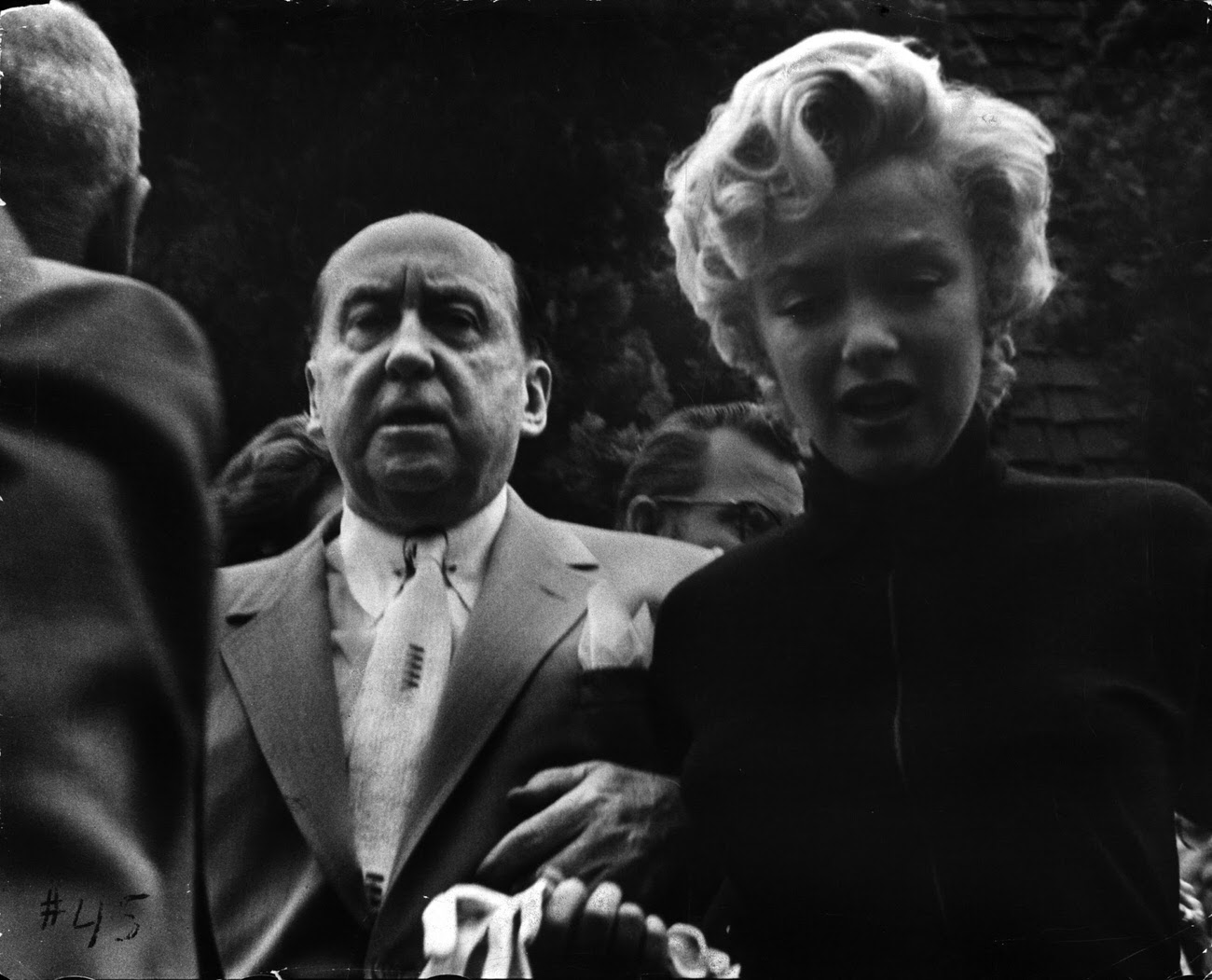
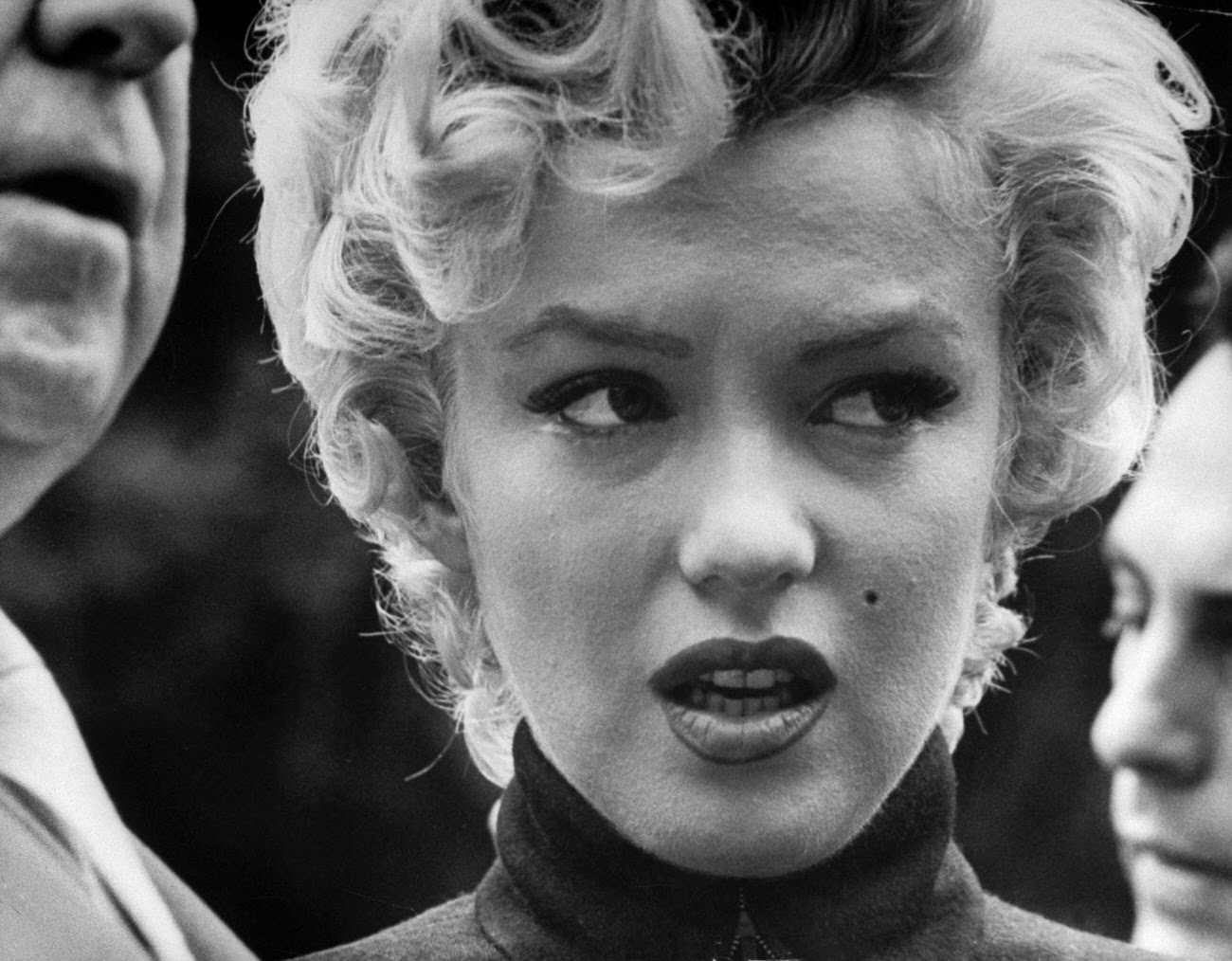
The day of the divorce itself was a media spectacle. Reporters gathered outside the courthouse, eager for any glimpse of Monroe or DiMaggio. Monroe, looking visibly upset, arrived at the courthouse to finalize the proceedings. Although their marriage had ended, there was still a deep connection between the two. In the years that followed, DiMaggio remained close to Monroe, even after her subsequent marriages and struggles. He continued to care for her, and when Monroe died in 1962, DiMaggio was one of the people who arranged her funeral.
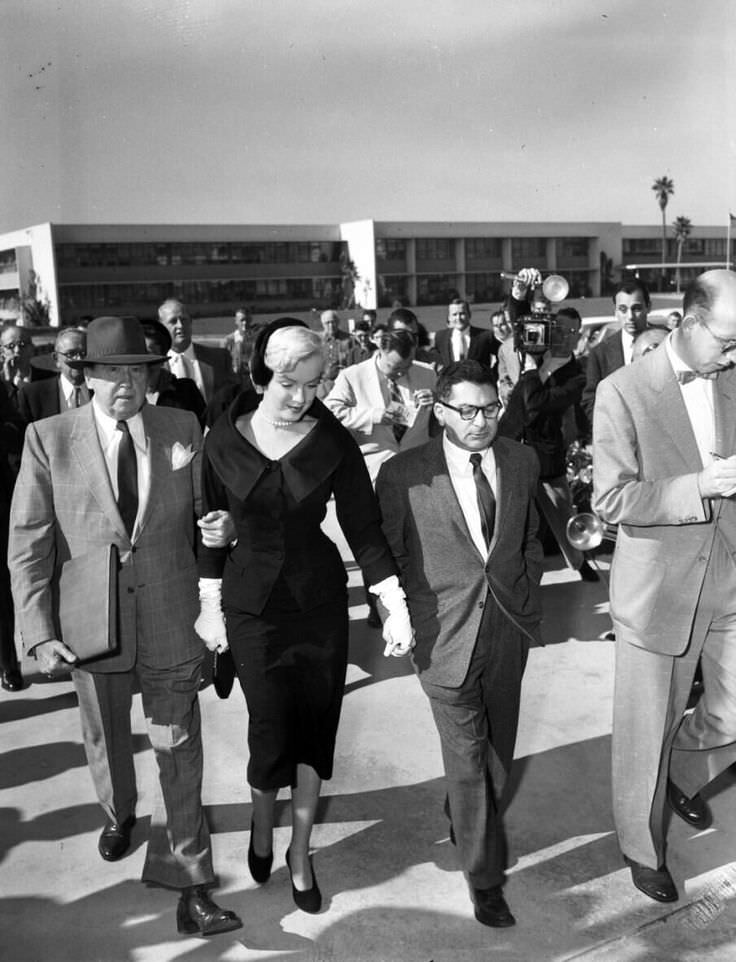
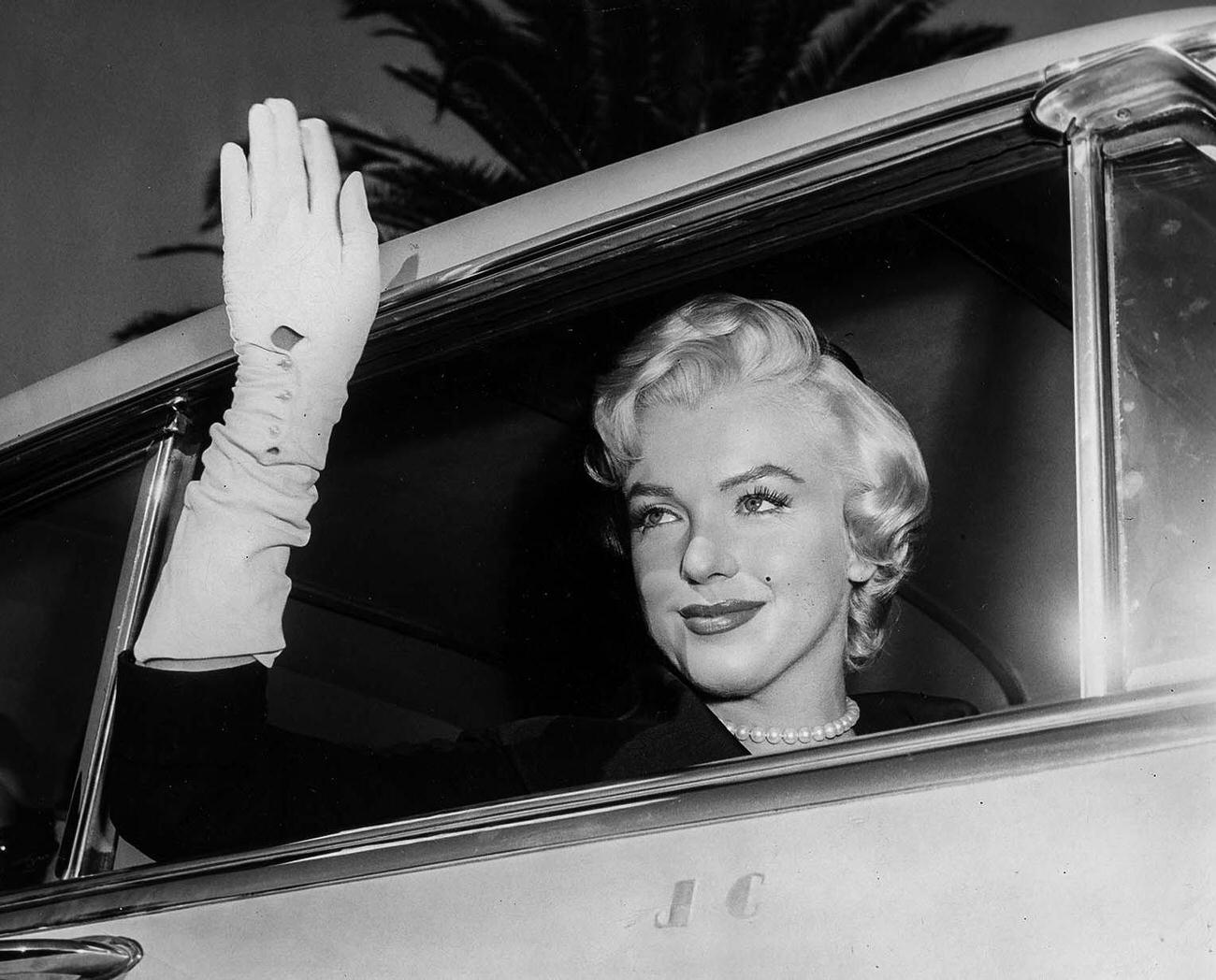
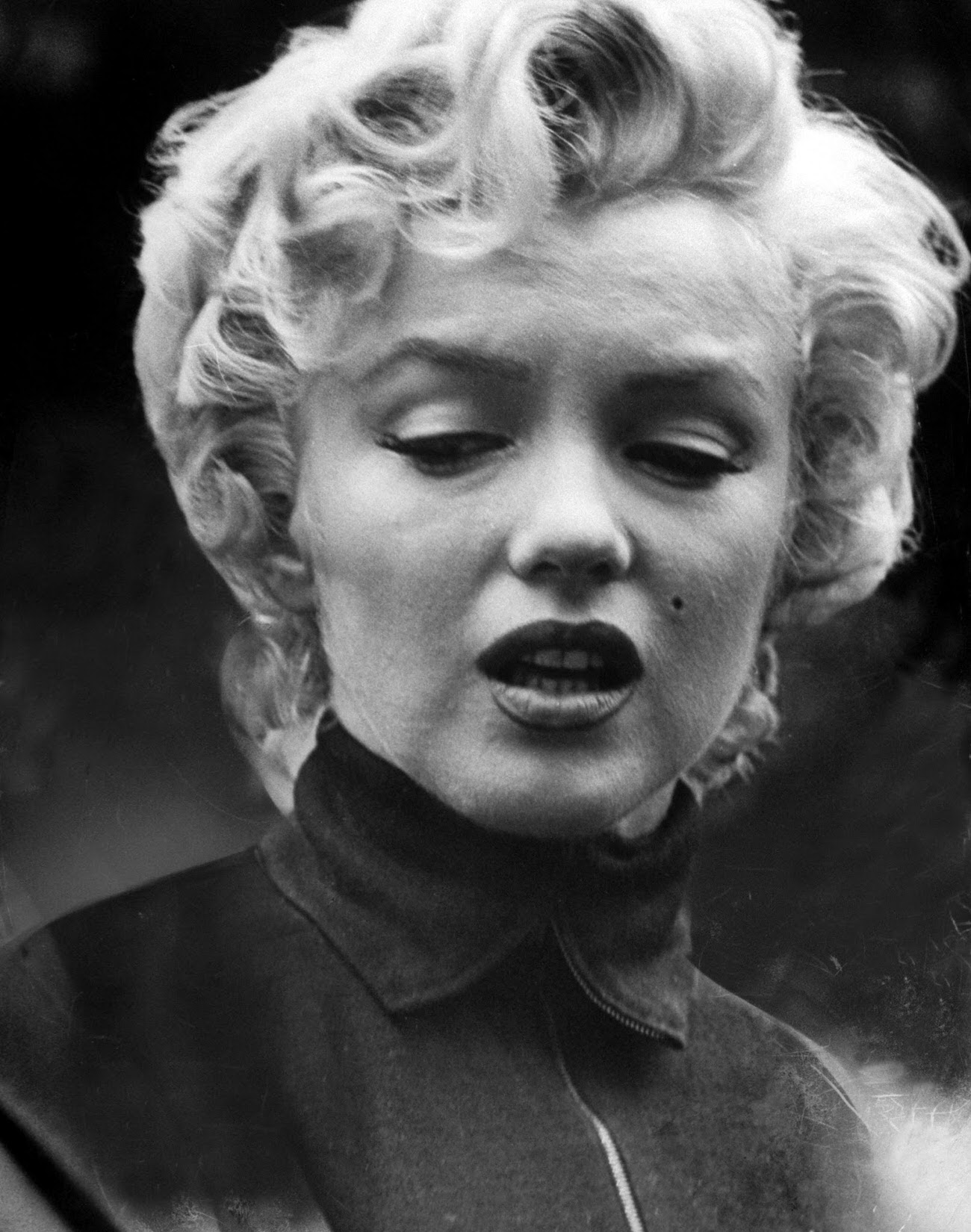
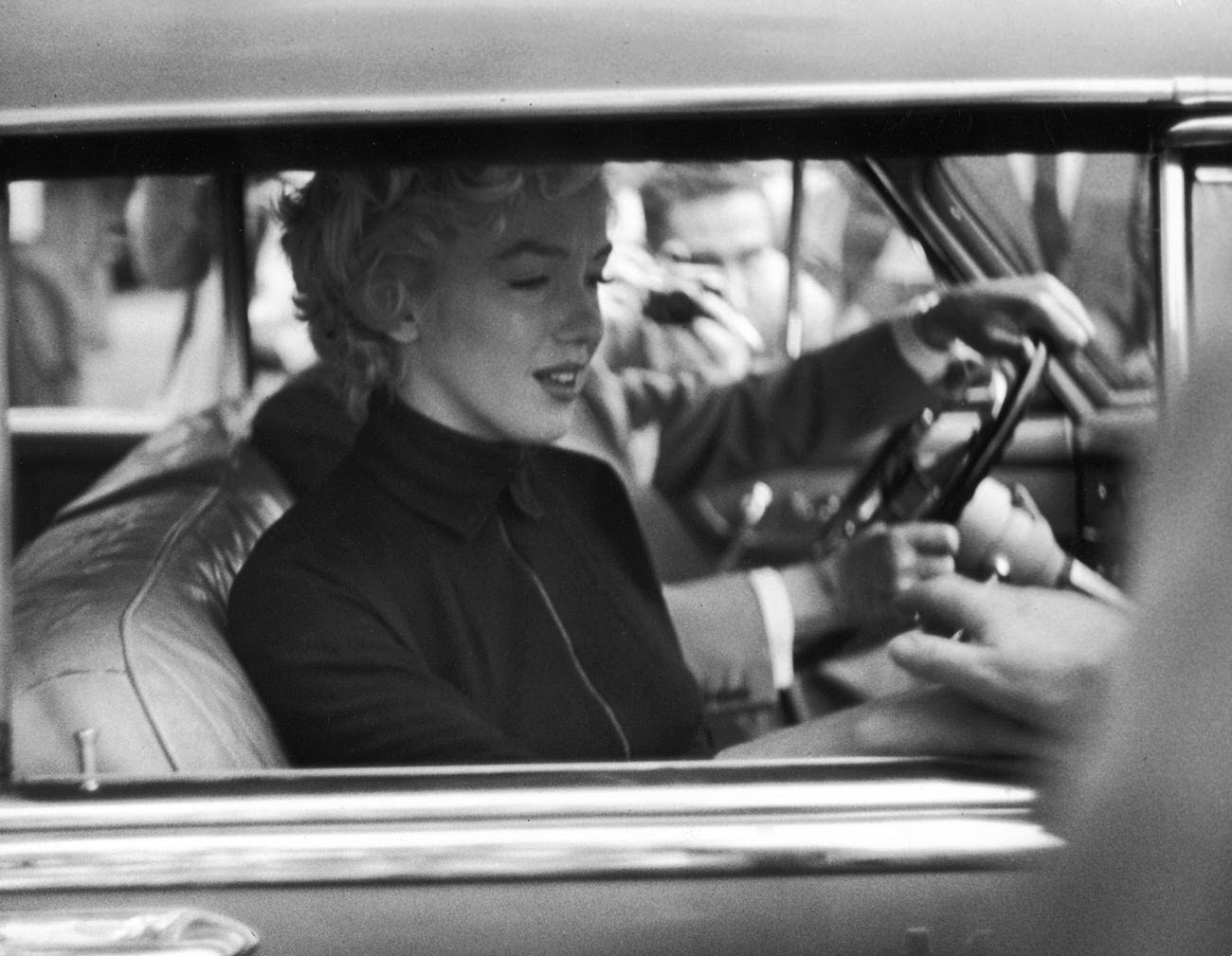
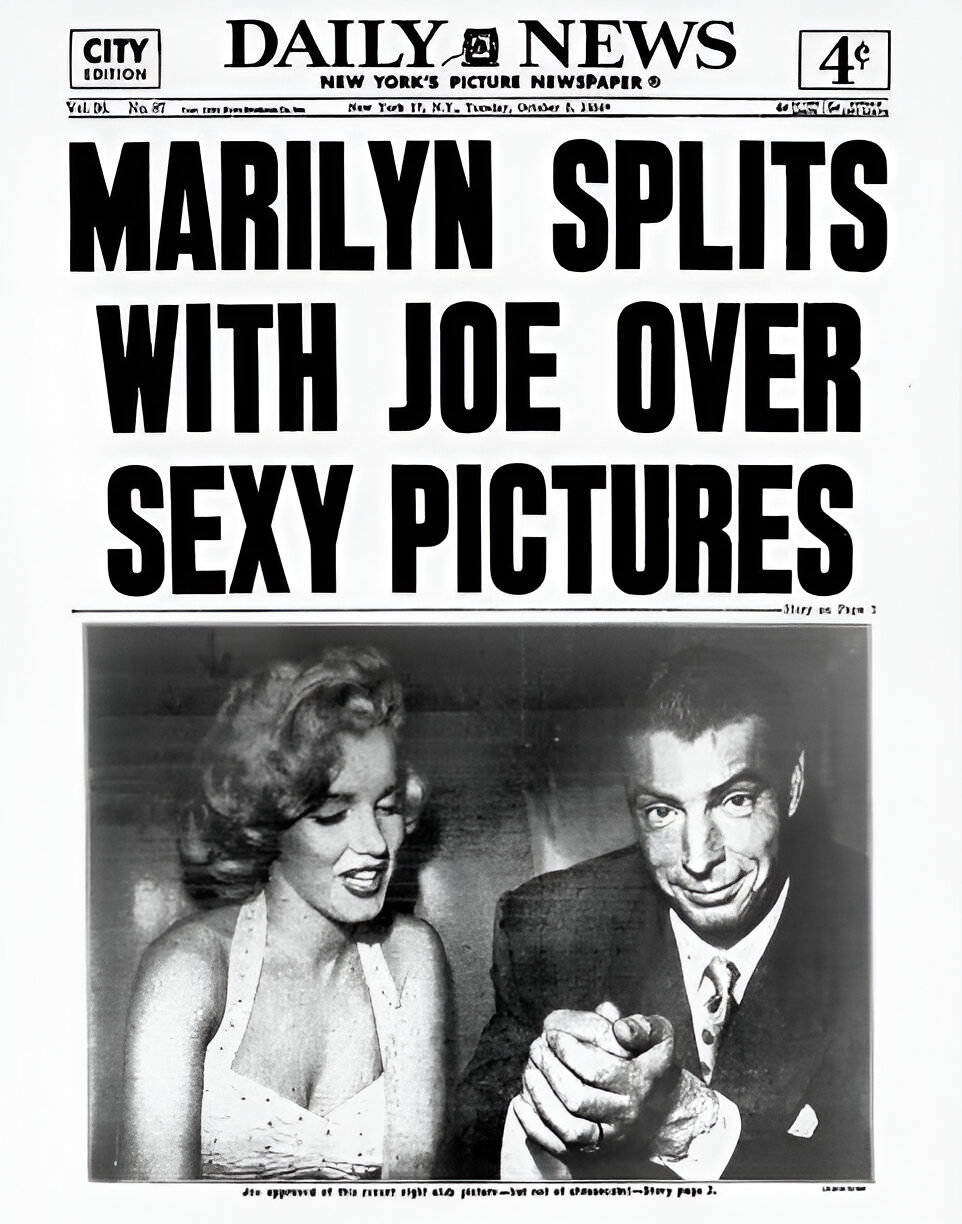
The aftermath of their divorce was difficult for both Monroe and DiMaggio. Monroe threw herself into her work, starring in some of her most famous films in the years that followed. She continued to struggle with her personal life, though, and had two more brief marriages after DiMaggio. DiMaggio, on the other hand, largely retreated from the public eye. He never remarried and was said to have remained in love with Monroe until the end of his life.


